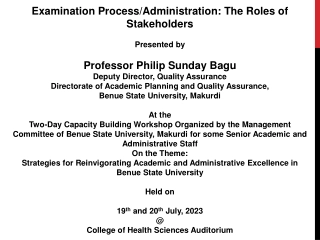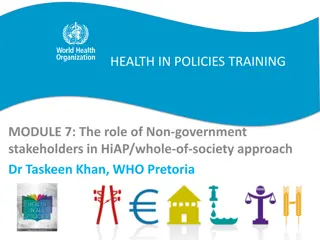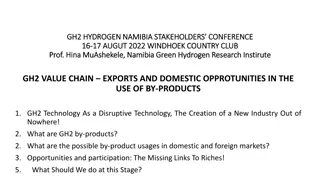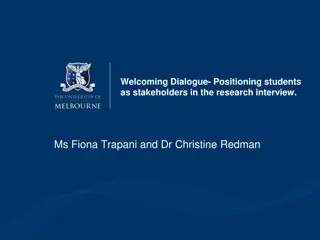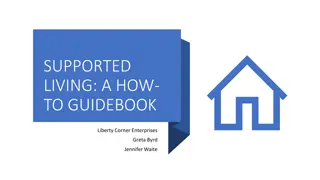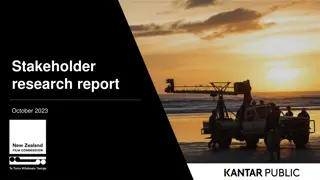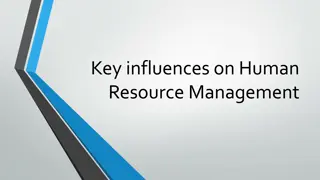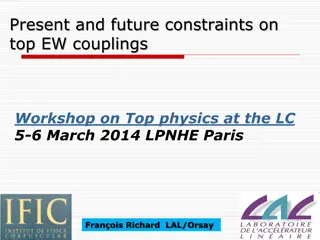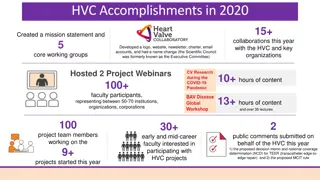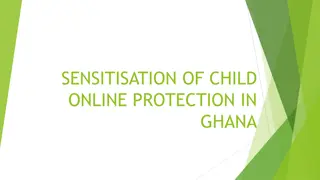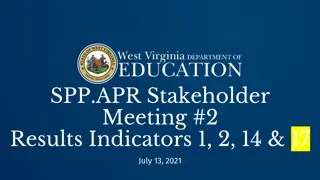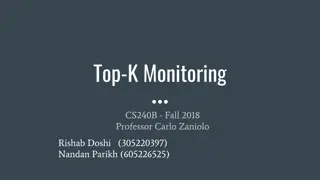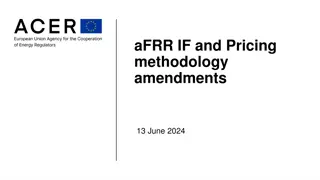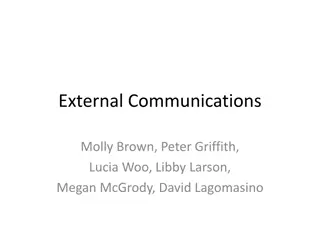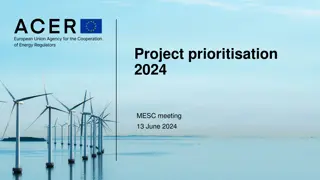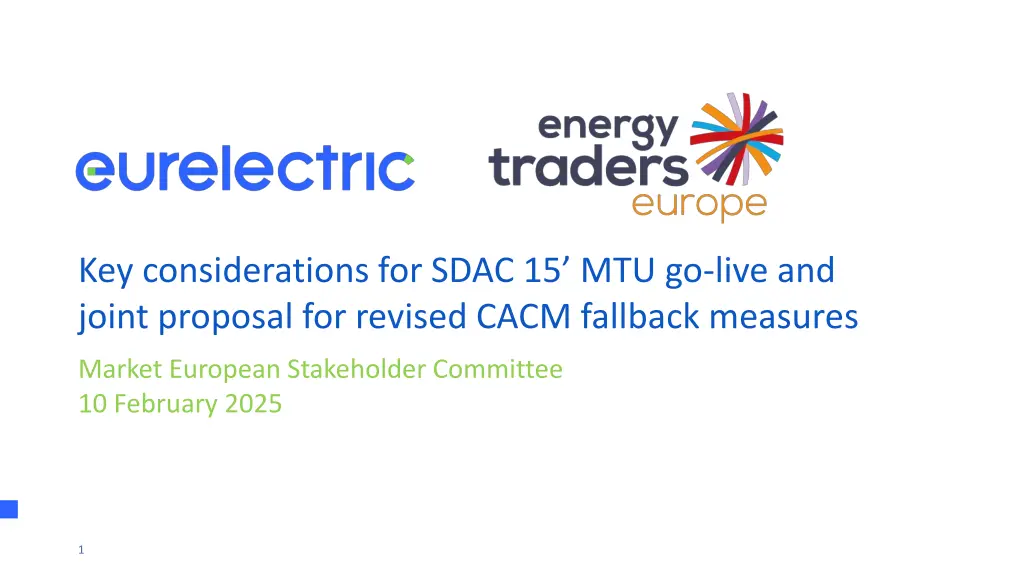
SDAC 15 MTU Go-Live and Revised CACM Fallback Measures Proposal
Prepare for the upcoming SDAC 15 MTU go-live by addressing key considerations and proposing revised fallback measures in the European market. Key points include the importance of NEMO communication, member testing, and robust fallback provisions to avoid difficulties in case of a rollback scenario. Additionally, improvements are suggested to handle decoupling events effectively, ensuring operational efficiency and regulatory compliance. Market participants' proposals aim to enhance regional cooperation and preserve welfare gains during decoupling scenarios.
Download Presentation

Please find below an Image/Link to download the presentation.
The content on the website is provided AS IS for your information and personal use only. It may not be sold, licensed, or shared on other websites without obtaining consent from the author. If you encounter any issues during the download, it is possible that the publisher has removed the file from their server.
You are allowed to download the files provided on this website for personal or commercial use, subject to the condition that they are used lawfully. All files are the property of their respective owners.
The content on the website is provided AS IS for your information and personal use only. It may not be sold, licensed, or shared on other websites without obtaining consent from the author.
E N D
Presentation Transcript
Key considerations for SDAC 15 MTU go-live and joint proposal for revised CACM fallback measures Market European Stakeholder Committee 10 February 2025 1
SDAC 15 MTU go-live preparation General observations Market participants regret the lack of inclusive decision-making in setting the new 15 MTU go-live date. The process and date chosen imply that the constraints of NEMOs and TSOs were prioritised over those of MPs. This is unfortunate when considering the constructive cooperation which prevails in the MCCG. Full and precise communication remains key to ensuring the preparedness of all stakeholders ahead of the go-live on 11 June. We welcome recent steps taken in this direction through: MP involvement in the design of member testing and The implementation of the coordinated NEMO checklist by the MCSC, which should be updated to reflect developments. Way forward 1. NEMO communication Official communication from all NEMOs about 15 MTU specifications needs to be made available on their respective websites at the earliest possible date to allow for timely MP system development. 2. Member testing A clear timeline (beginning, end date and sequence) and explanations for all tested scenarios are necessary. Testing environments, auction functioning and results publications need to exactly replicate real-life trading to allow system calibration. 3. Rollback Further information is needed to comprehend effects of a rollback and prevent cascading difficulties in case it materialises . This scenario needs to be avoided as far as possible, since MPs may have difficulties to switch between the two resolutions and would encounter multiple difficulties (e.g., price index continuity, accounting inconsistencies, contractual obligations). 2
Decoupling events: need for robust fallback provisions The summer 2024 decoupling events summer highlighted operational and regulatory shortcomings 1. Communication was lacking clarity; 2. Existence of two different prices in the same BZ leading to contractual inconsistencies; 3. Unrepresentative dispatch schedules from SDAC leading to economic inefficiencies; Eurelectric and Energy Traders Europe recommend 1. Extending TSOs nomination deadlines (in decoupling situation) to allow the SDAC process to run longer by giving more time to the failed NEMO to fix the problem and ensure the coupling; 2. Improving communication during and after a decoupling event; 3. Ensuring better coordination of decoupling processes, incl. fallback solutions. We see a need to evolve processes addressing decoupling events In the last meeting, we underlined that : We identify several ways forward to improve the fallback situations. These can include improvements to local auctions, fallback order books and/or usage of reference prices. Finding a 'silver bullet seems challenging if possible at all, and trade-offs will be necessary. A comprehensive fallback plan would be needed, foreseeing a cascade of fallback solutions and answering different types of issues; since the latter requires further discussion, the CACM revision should be careful not to preempt solutions. 3
CACM 2.0 : MPs propose amendments to improve fallback procedures following decoupling events The changes we propose should allow preserving welfare gains from market coupling in decoupling scenarios and improve regional cooperation in the definition of fallback provisions CACM proposal Market participants proposal aims to: 1. Preserve a single price in a given bidding zone (where multi NEMO agreements exist); 2. Allow market participants to dispatch the right schedules; 3. Optimise cross-border capacity allocation. Changes to CACM (Art. 7, 44, 50): TSOs and NEMOs to develop fallback procedures ensuring criteria 1. 3. are respected, subject to scrutiny by ACER. Fallback procedures to account for regional specificities by applying specific provisions to groups of bidding zones. Extension of TSO nomination DDL to 17:30 in case of full or partial decoupling to enable solution finding. Joint publication of an incident report by TSOs and NEMOs within 4 weeks of a potential (partial or full) decoupling event, stating root cause, remedies, performance of fallback solution and impact of decoupling on social welfare. 4

